
The majority of the Greater Yellowstone Ecosystem’s (GYE) breeding common loon (Gavia immer) population occurs in Yellowstone and is one of the most southerly breeding populations in North America. The common loon is listed as a Species of Special Concern in Wyoming because of its limited range, small population, sensitivity to human disturbance, and loss of breeding habitat outside of Yellowstone. The GYE’s breeding loon population is isolated from populations to the north by more than 200 miles, limiting immigration from other populations. The Yellowstone Loon population appears stable; however, detailed data from a study initiated in 2012 indicate that the number of loons present in the park can vary from year to year. Continuing research will try to analyze any trends in productivity, nesting success, and number of breeding pairs to attempt to determine why some years are more productive than others. PopulationIn 2023, cooperating biologists and park staff identified 23 occupied territories throughout the GYE, 18 of which were located within YNP. In total, the park housed 38 adult loons. Twelve pairs attempted to nest, and four of those failed. The eight successful pairs produced 10 loonlets during 2023. 
NPS/Neal Herbert DistributionIn the western United States, common loons breed in Idaho, Montana, Washington, and Wyoming. The total western US breeding population is estimated at 90 territorial pairs. In 2023, Yellowstone National Park hosted 60% of the GYE’s total loon population and 57% of the breeding pairs. Furthermore, YNP loons produced 63% of the ecosystem’s fledged chicks, highlighting the park’s important role in regional loon population stability and persistence. Western populations of breeding common loons are known to overwinter from Washington south to California. Spring and fall migrants in Wyoming represent breeding populations from Saskatchewan that overwinter around Mexico’s Baja California peninsula. OutlookThere are several threats to Wyoming’s loon populations. Direct human disturbance to shoreline nests and chicks lowers survival rates and adversely affects numerous loon territories in YNP each year. Increased outreach to the public to minimize shoreline disturbance could help improve the long-term outlook for loons within the park. Throughout YNP and Wyoming, the loss of breeding habitats and water level fluctuations (e.g., erratic spring flooding) also impact loon nest success and productivity. Contaminants like lead (from sinkers) and mercury, in combination with hazards on wintering grounds (e.g., marine oil spills and fishing nets) challenge loon reproduction and survival even further. Visitors to Yellowstone’s lakes can help minimize disturbance of loon nests by staying on trails during the breeding season, avoiding shorelines, and, as with all wildlife species, giving adult and fledgling loons plenty of space. On average, one loon is killed per year on Yellowstone Lake by gill nets as bycatch in the park’s effort to remove invasive lake trout. Ongoing research will better assess patterns in gillnetting mortalities to improve coordination with fisheries crews, thereby reducing the threat to local loons while allowing for continued lake trout removal. Fish are the primary prey of loons. As part of a multi-park study on mercury concentration in fish, fish from various lakes where loons nest were screened for mercury. Fish were sampled from Beula, Grebe, Yellowstone, and Lewis Lakes. Fish from Beula, Grebe, and Yellowstone lakes exceeded the threshold at which fish-eating birds may be affected by mercury toxicity. Fish from Lewis did not exceed that threshold although they still contained mercury. Loons can live up to 30 years, have relatively low chick production, and are poor colonizers to new breeding areas. Given the very small size and isolation of Wyoming’s breeding loon population, it is at a particularly high risk of local extinction. ResourcesMcintyre, Judith W., Jack F. Barr, David C. Evers, and James D. Paruk. Common loon. The birds of North America Online. https://birdsna.org/Species-Account/bna/species/comloo/introduction 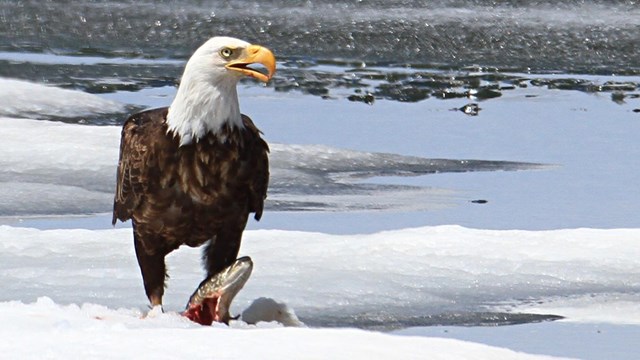
Bald Eagle
Bald eagles can be seen along Yellowstone's many rivers and lakes. 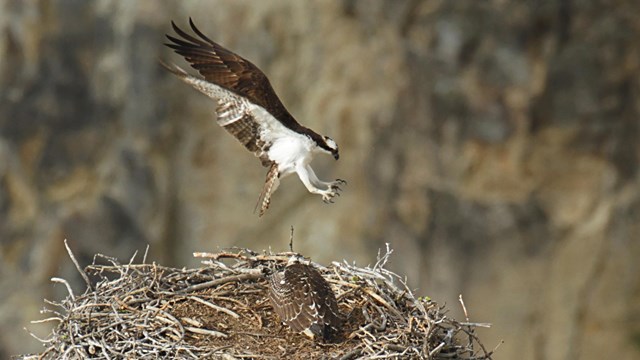
Osprey
Osprey summer in Yellowstone, fishing and raising young. 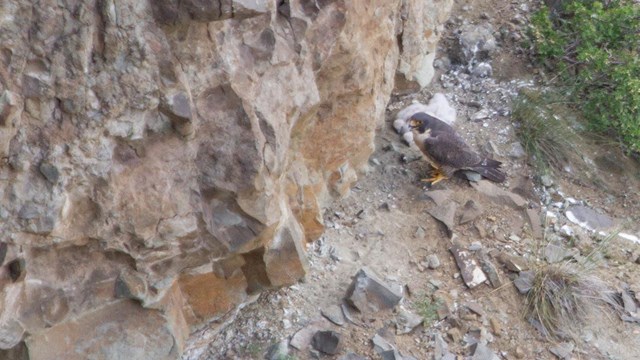
Peregrine Falcon
Peregrine falcons are some of the fastest birds. 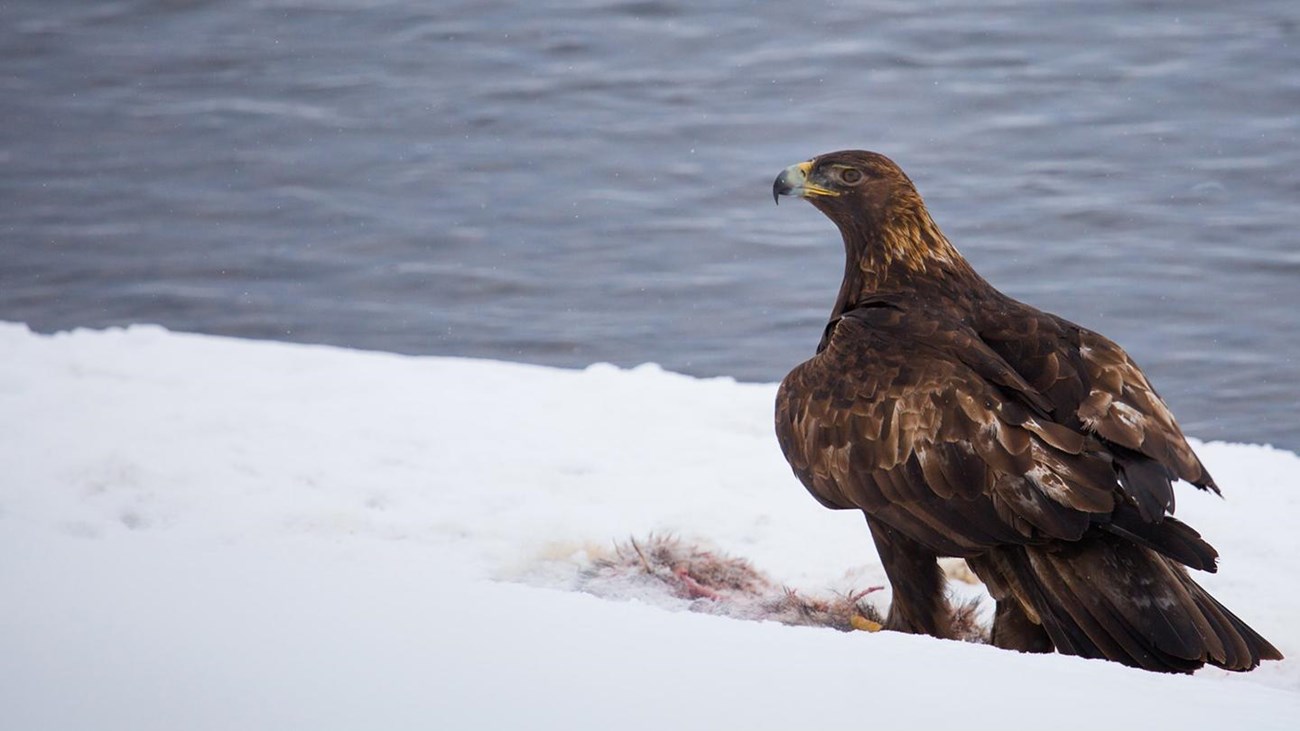
Golden Eagle
Golden eagles are named for the yellow feathers at the base of the neck. 
Colony Nesting Birds
American white pelicans and other colonial nesting birds nest primarily on the Molly Islands in the southeast arm of Yellowstone Lake. 
Trumpeter Swan
Trumpeter swans are the largest wild waterfowl in North America. 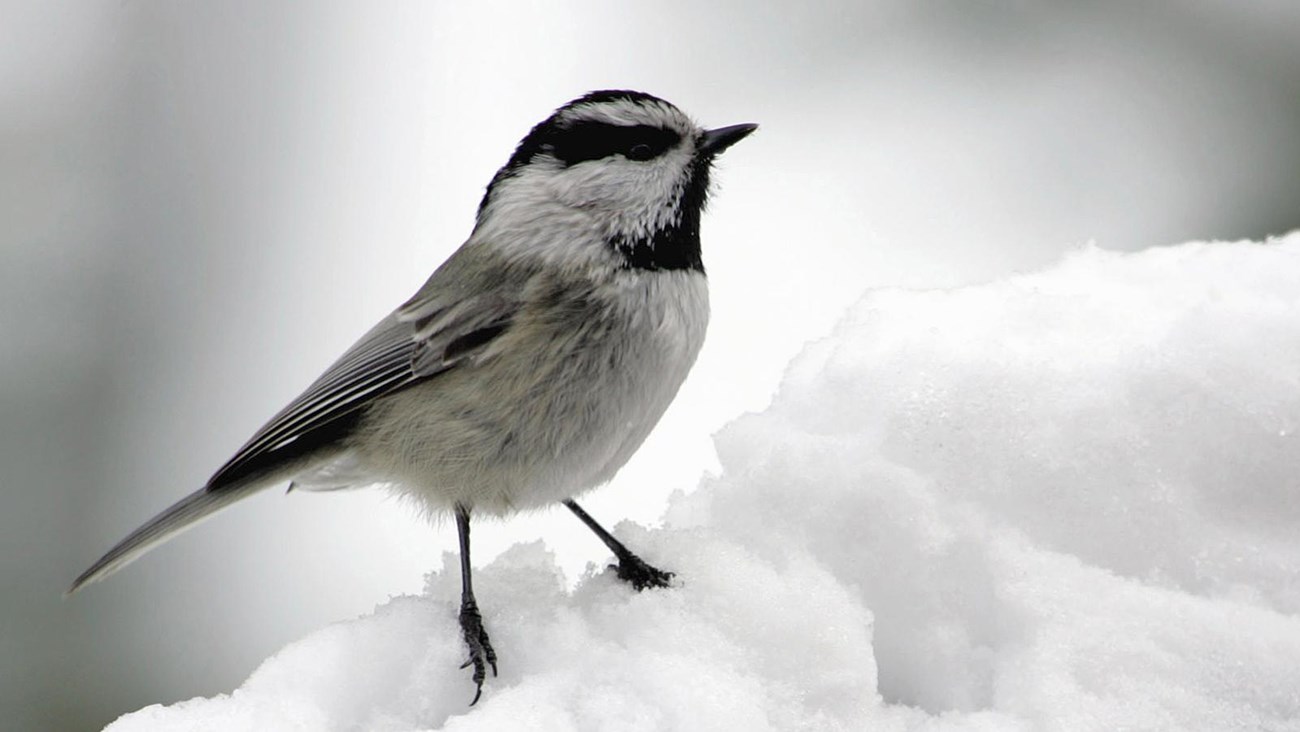
Songbirds and Woodpeckers
Passerine and near passerine species comprise the majority of bird species in Yellowstone. 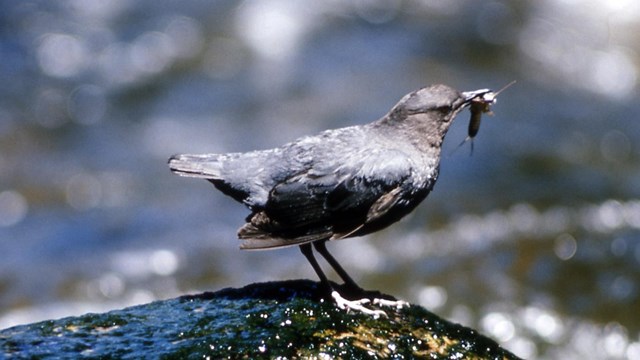
American Dipper
Also known as the water ouzel, these birds dive into water for aquatic insects. 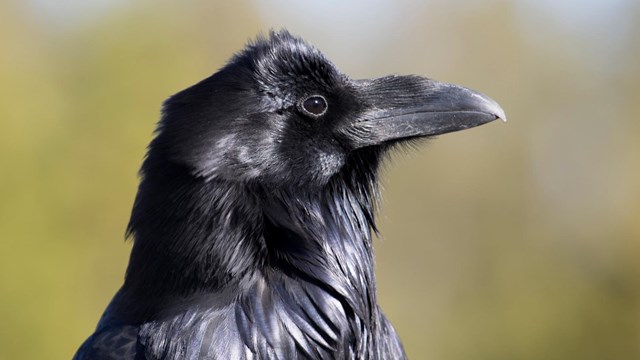
Raven
Ravens are smart birds, able to put together cause and effect. 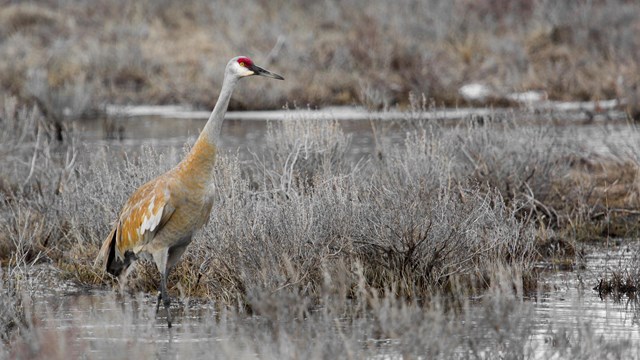
Sandhill Crane
Sandhill cranes nest in Yellowstone during the summer. 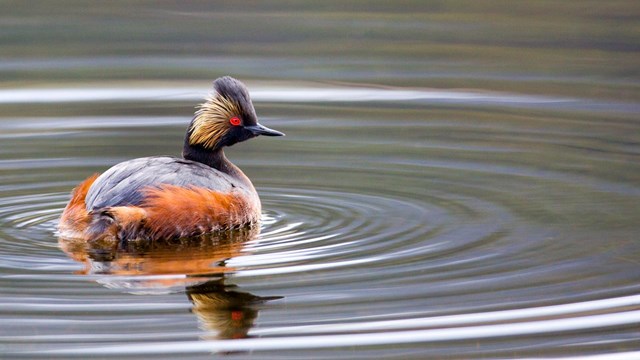
Sound Library
Immerse yourself in the aural splendor of Yellowstone. 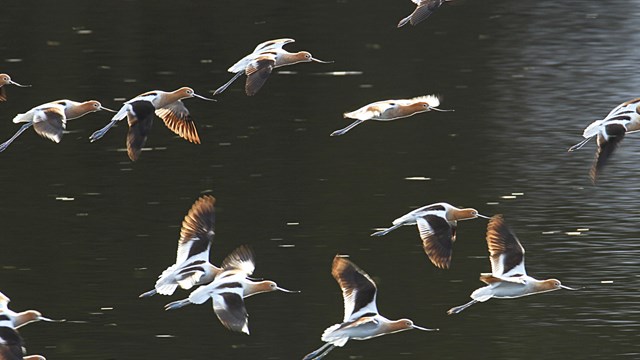
Birds
Spring is a wonderful time to look for birds, as migration brings many birds back to the park. |
Last updated: April 18, 2025
